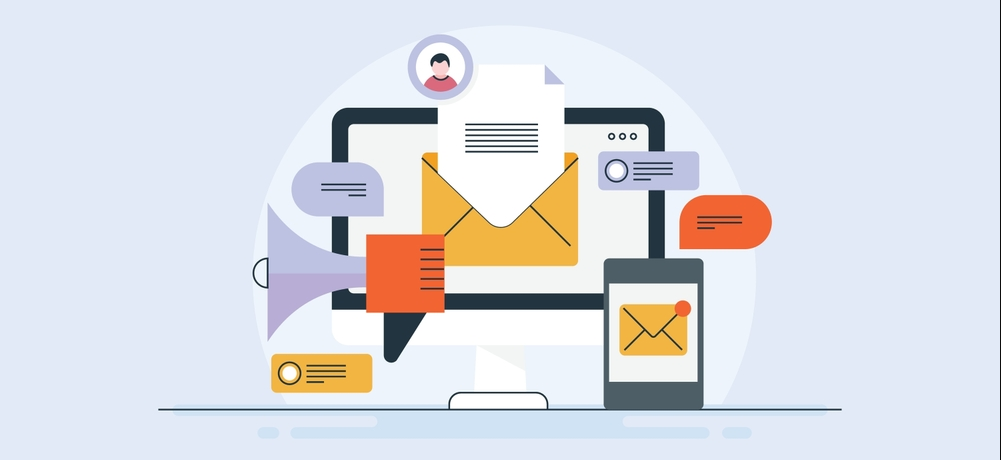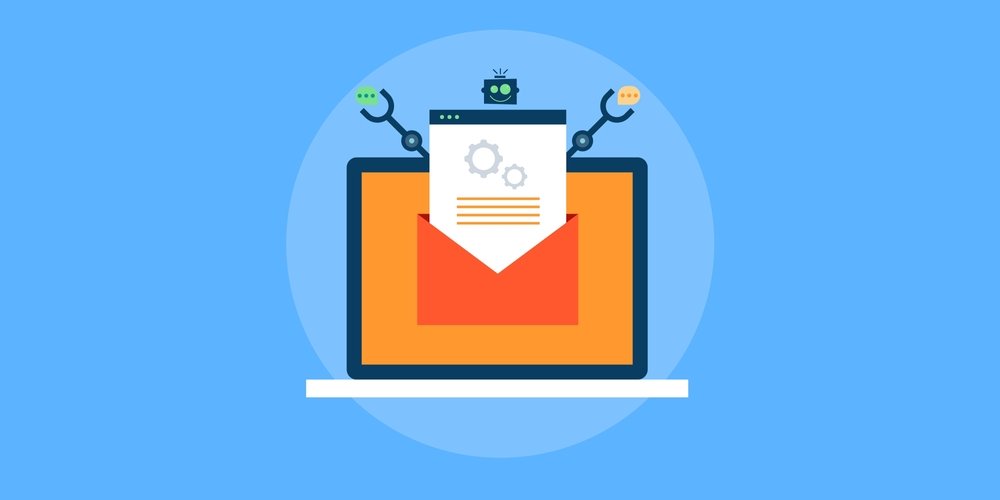
7 Innovative Strategies for Email Marketing Success in 2024-2025
Email marketing is one of the most effective ways to reach your audience directly, offering a higher return on investment (ROI) than many other marketing channels. However, the success of your email marketing campaigns relies heavily on your ability to innovate and adapt to the changing landscape of digital communication. With inboxes becoming more crowded daily, how can your emails stand out?
Innovative Strategies for Email Marketing
1. Personalization Beyond the First Name
Personalization is no longer just about addressing the recipient by their first name. It’s about understanding their behavior, preferences, and needs to deliver content that resonates with them on a deeper level. Utilize data analytics and segmentation to create highly targeted campaigns. For instance, instead of sending a generic email to all subscribers, segment your audience based on their purchase history, browsing behavior, or engagement with previous emails.
One effective approach is to use dynamic content blocks in your emails. These blocks change depending on the recipient’s data, allowing you to deliver highly relevant content without creating multiple versions of the same email. For example, if a segment of your audience frequently checks out tech gadgets on your website, your email should highlight tech-related products or articles.

Also read: The impact of personalization in Email marketing
2. Interactive Email Content
Static email content is becoming a thing of the past. To truly engage your audience, consider incorporating interactive elements into your emails. This could be anything from quizzes, polls, and surveys to interactive images and videos. These elements encourage recipients to engage directly with the content, leading to higher click-through rates and overall engagement.
One successful example of this strategy is incorporating interactive product showcases, where users can swipe through different products or change product colors directly within the email. This not only makes the email more engaging but also gives the user a preview of what they can expect on your website.
Make sure to check if your email address is spam and use an email spam tester to ensure that these interactive elements don’t trigger spam filters. Using tools to check spam email and email domain validation can also improve deliverability.
3. Utilize AI and Machine Learning
Artificial intelligence (AI) and machine learning are revolutionizing email marketing. These technologies allow marketers to predict customer behavior, optimize send times, and create hyper-personalized content. For example, AI can analyze vast amounts of data to determine the best time to send an email to each subscriber, increasing the likelihood that the email will be opened and acted upon.
Machine learning can also help with fake email verification by analyzing patterns in email addresses to identify those that are likely to be fake or disposable. Using a disposable email check tool like authenticheck.co can further ensure that your email list is clean and full of genuine leads. Verify fake email addresses to maintain the quality of your email list and avoid wasting resources on invalid contacts.
4. Optimize for Mobile Devices
With more than half of all emails being opened on mobile devices, your emails must be optimized for smaller screens. This means adopting a responsive design that automatically adjusts to different screen sizes. But it’s not just about the layout—your content should also be tailored for mobile users.
Keep your subject lines short and impactful, and make sure your call-to-action (CTA) buttons are easily clickable on a mobile screen. Large, tappable buttons and concise text will make it easier for users to interact with your email on the go.
Additionally, use a temp email checker to test how your emails appear across different devices and ensure they are not flagged as spam. Mobile optimization also involves ensuring your email domain validator is functioning correctly, so your emails are properly authenticated across various email clients.
5. Focus on Email Deliverability
Email deliverability is one of the most critical aspects of a successful email marketing strategy. Even the most compelling email will fail if it doesn’t reach your recipient’s inbox. Several factors influence deliverability, including your sender reputation, email content, and the technical setup of your email domain.
Start by conducting regular checks with a fake email address checker to remove any fake or invalid email addresses from your list. This will help maintain a high sender reputation. Next, use tools like an email domain verifier to ensure that your domain is properly authenticated and recognized by major email providers.
You should also check if your email is spam before sending out your campaigns. Use a spam mail checker and an email spam tester to ensure your content doesn’t trigger spam filters. Finally, make sure you are using a temp mail checker to verify the legitimacy of temporary or disposable email addresses.
6. Leverage Data-Driven Insights
Data is the backbone of any successful email marketing strategy. By analyzing the performance of your emails, you can gain valuable insights into what’s working and what’s not. Use these insights to continuously optimize your campaigns, from subject lines and content to send times and segmentation.
For example, if you notice that emails sent on a particular day of the week have higher open rates, you can adjust your send schedule accordingly. Similarly, if certain types of content receive more clicks, you can focus on creating more of that content.
7. Implement Automated Email Workflows
Automation is a powerful tool in email marketing, allowing you to send the right message at the right time without manual intervention. Automated email workflows can be set up to nurture leads, onboard new customers, or re-engage inactive subscribers. These workflows ensure consistent communication with your audience, leading to higher conversion rates.
For instance, you can set up a welcome series for new subscribers, automatically sending them a sequence of emails that introduce your brand and encourage them to make their first purchase. Similarly, you can create an abandoned cart email sequence to remind users of the products they left behind.

Conclusion
Email marketing continues to be one of the most effective channels for reaching and engaging with your audience. However, to stay ahead of the competition, it’s crucial to adopt innovative strategies that cater to the changing needs and behaviors of your subscribers. By personalizing your content, incorporating interactive elements, optimizing for mobile, leveraging AI, focusing on deliverability, implementing automated workflows, and utilizing data-driven insights, you can significantly improve the effectiveness of your email marketing campaigns.